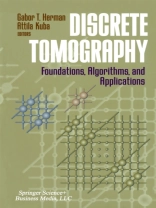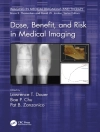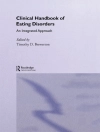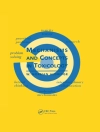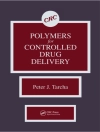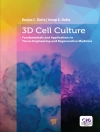Goals of the Book Overthelast thirty yearsthere has been arevolutionindiagnostic radiology as a result oftheemergenceofcomputerized tomography (CT), which is the process of obtaining the density distribution within the human body from multiple x-ray projections. Since an enormous variety of possible density values may occur in the body, a large number of projections are necessary to ensure the accurate reconstruction oftheir distribution. There are other situations in which we desire to reconstruct an object from its projections, but in which we know that the object to be recon- structed has only a small number of possible values. For example, a large fraction of objects scanned in industrial CT (for the purpose of nonde- structive testing or reverse engineering) are made of a single material and so the ideal reconstruction should contain only two values: zero for air and the value associated with the material composing the object. Similar as- sumptions may even be made for some specific medical applications; for example, in angiography ofthe heart chambers the value is either zero (in- dicating the absence of dye) or the value associated with the dye in the chamber. Another example arises in the electron microscopy of biological macromolecules, where we may assume that the object to be reconstructed is composed of ice, protein, and RNA. One can also apply electron mi- croscopy to determine the presenceor absence ofatoms in crystallinestruc- tures, which is again a two-valued situation.
Gabor T. Herman & Attila Kuba
Discrete Tomography [PDF ebook]
Foundations, Algorithms, and Applications
Discrete Tomography [PDF ebook]
Foundations, Algorithms, and Applications
Mua cuốn sách điện tử này và nhận thêm 1 cuốn MIỄN PHÍ!
Ngôn ngữ Anh ● định dạng PDF ● ISBN 9781461215684 ● Biên tập viên Gabor T. Herman & Attila Kuba ● Nhà xuất bản Birkhauser Boston ● Được phát hành 2012 ● Có thể tải xuống 3 lần ● Tiền tệ EUR ● TÔI 4744806 ● Sao chép bảo vệ Adobe DRM
Yêu cầu trình đọc ebook có khả năng DRM
